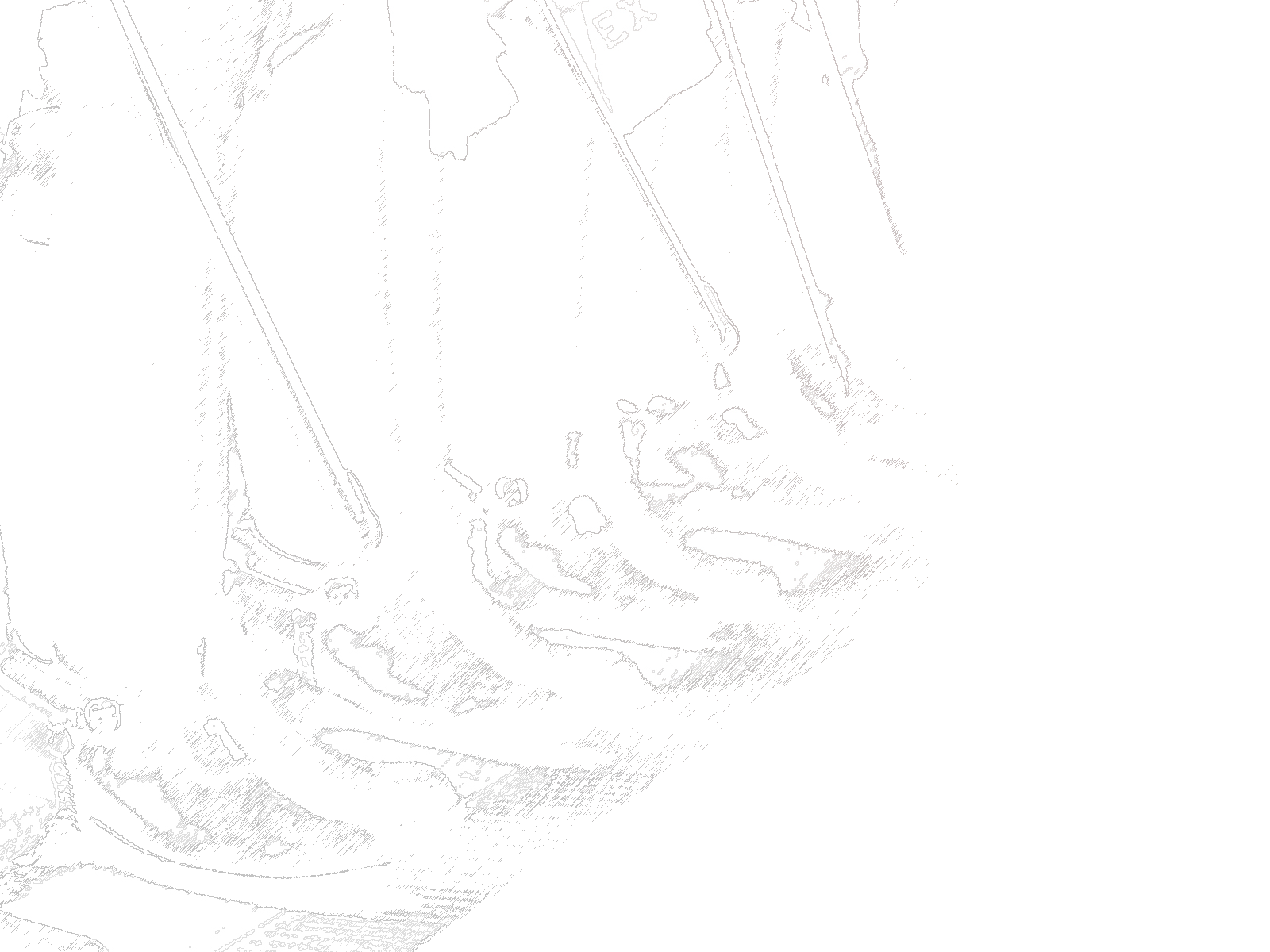The BBC appears to be upset that more and more people are reacting to mass killings by wanting to improve our public mental health care policies instead of with more gun control.
In fact, few mass killers actually suffer from a diagnosable, serious mental illness such as schizophrenia, bipolar disorder and psychotic spectrum disorders. A 2004 analysis of more than 60 mass murders in North America, for example, found that just 6% were psychotic at the time of the killings. And when it comes to mass shootings, those with mental illness account for “less than 1% of all yearly gun-related homicides”, a 2016 study found. Other studies indicate that people with mental disorders account for just 3-5% of overall violence in the US, (much lower than the prevalence of mental illness in the general population – up to 18%) which “still leaves you with around 96% of violence, even if you’re able to eliminate all people with mental disorders”, Appelbaum points out.
[…]
Moreover, much of the violence that people with serious mental illnesses commit are minor infractions, such as verbal assault or hitting, not homicide (suicide, however, is a significant problem), and such infractions tend to be directed at those the perpetrator lives with, not at strangers and not at a mass scale. Large attacks also require a level of planning and organisation that often defies many with serious mental illness. A 2014 study, for example, found that just 2% percent of 951 patients discharged from a psychiatric hospital committed a violent act involving a gun, and just 6% committed a violent act involving a stranger.
That knee-jerk conclusion is problematic, he continues, because it encourages even more stigmatisation of people who have a mental illness, many of whom already have extremely difficult lives and already face discrimination in several areas, namely housing, jobs, and relationships. Individuals suffering from mental illnesses are actually three times more likely than the average person to be victims of violence, as they are more vulnerable.
[…]Making this inaccurate link can also shift the focus of policy debates in the US. In debates over limiting access to firearms, some people start talking about fixing the mental healthcare system instead. “Suddenly you hear the gun lobby – which is very powerful in this country and has a vested interest in not having guns be regulated – become an advocate for better mental health care in America,” Swanson says. “It’s a distraction so we don’t talk about guns.” (Read more: “What if all guns disappeared?”)
It’s difficult to psychologically profile mass shooters because they often commit suicide or are killed during their attack. But what doctors and scientists do know is that the perpetrators of such events are frequently angry young men, who feel they have been mistreated by society and therefore seek to extract revenge.

Author may be correct about the limited role of “mentally ill” people in mass shootings. When “mentally ill” means a diagnosable psychiatric condition – ie., bipolar, schizophrenia, etc.
But “mental health” is more than people with psychiatric conditions. I will cite the World Health Organization definition: Mental health: a state of well-being. Updated August 2014. Mental health is defined as a state of well-being in which every individual realizes his or her own potential, can cope with the normal stresses of life, can work productively and fruitfully, and is able to make a contribution to her or his community.
Note that they are not defining “mental health” as being free of psychiatric conditions. We need a way to identify those people who exhibit an inability to cope with normal (as well as abnormal) stresses of life.
The Beeb links a paper from a sentence that reads “A 2004 analysis of more than 60 mass murders in North America, for example, found that just 6% were psychotic at the time of the killings.”
The abstract of the paper linked (my bolding):
“Thirty adult mass murderers and 34 adolescent mass murderers in North America are compared on both offender and offense variables to delineate similarities and differences. Findings indicate a plethora of psychiatric disturbances and odd/reclusive and acting-out personality traits. Predisposing factors include a fascination with weapons and war among many of the adolescents and the development of a “warrior mentality” in most of the adults. Precipitating factors indicate a major rejection or loss in the hours or days preceding the mass murder. Results are interpreted through the lens of threat assessment for targeted violence (Borum, Fein, Vossekuil, & Bergland 1999), recognizing that a fact-based, dynamic behavioral approach is most useful for mitigating risk of such an extremely low-base-rate violent crime.”
https://www.ncbi.nlm.nih.gov/pubmed/15211553
When will the improvement on public mental health care begin ?